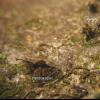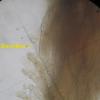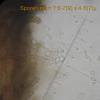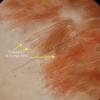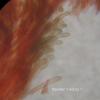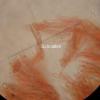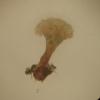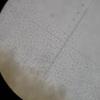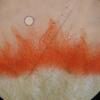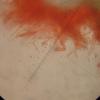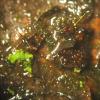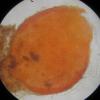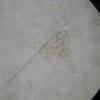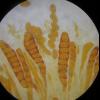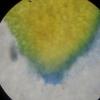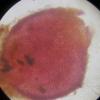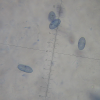
10-01-2019 16:13
Thorben HülsewigHi there,Bernd Fellmann found an interesting Nectr

08-01-2019 19:43
Manak RomanHi all, in December, I found small Hymenoscyphus

09-01-2019 21:28
This is new for me. Found on Fagus, in Norway.The

09-01-2019 13:16
Hi to All. Could somebody please send me copies if

08-01-2019 14:30
Georges GreiffHello, I have found this mitosporic fungus many t

07-01-2019 12:40
Björn NordénHi, I wonder if anyone has experience of inductio

06-01-2019 19:53
Many of this is growing on Fagus. Asci 80-85 x 12

31-12-2018 14:03
 Bernard CLESSE
Bernard CLESSE
Une idée sur cette récolte faite sur sur hépat
Nectria sp. and its Anamorph (?)
Thorben Hülsewig,
10-01-2019 16:13
Bernd Fellmann found an interesting Nectria and possibly its anamorph on Carpinus betulus.
Maybe there are two forms of Synnemata, one form with hairs (?) that looks like basidia and the other form without hairs.
Any idea what this Synnemata and Nectria could be ?
All pictures are from Bernd Fellmann
best regards,
Thorben
Thomas Læssøe,
10-01-2019 16:25
Re : Nectria sp. and its Anamorph (?)
not sure at all but consider Chionosphaera...
Thorben Hülsewig,
11-01-2019 18:07
Re : Nectria sp. and its Anamorph (?)
Hi Thomas,
thank you very much :)
Have someone literature about the genus Chionosphaera.
Maybe this one:
A New Homobasidiomycete with Anomalous Basidia Darrell E. Cox
Mycologia Vol. 68, No. 3, pp. 481-510
best regards
Thorben
thank you very much :)
Have someone literature about the genus Chionosphaera.
Maybe this one:
A New Homobasidiomycete with Anomalous Basidia Darrell E. Cox
Mycologia Vol. 68, No. 3, pp. 481-510
best regards
Thorben
Norbert Heine,
12-01-2019 13:39

Re : Nectria sp. and its Anamorph (?)
You will find it at Cyberliber, Thorben.
Viele Grüße, Norbert
Thorben Hülsewig,
12-01-2019 13:55
Re : Nectria sp. and its Anamorph (?)
Danke Norbert :)
Viele Grüße
Thorben
Viele Grüße
Thorben
